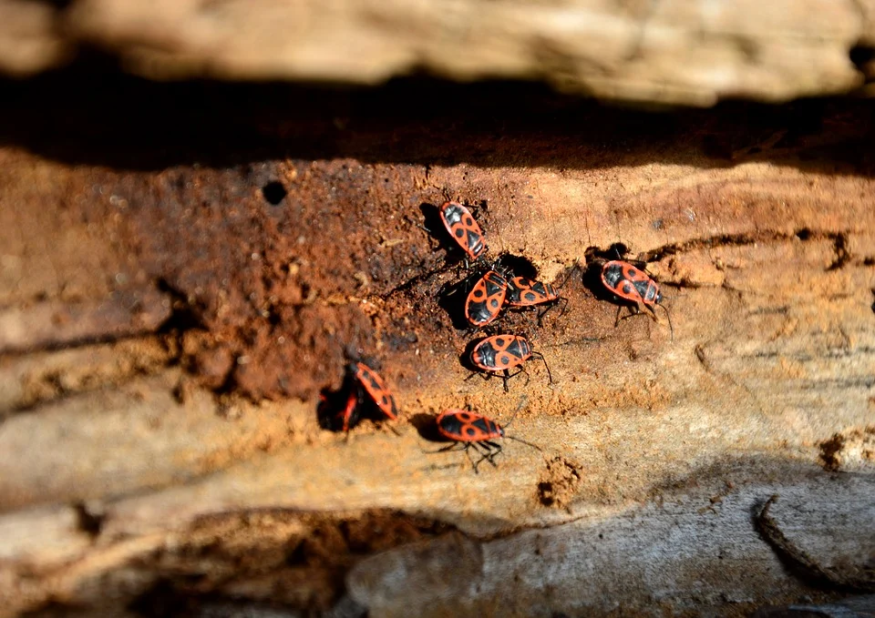
As the temperatures keep dropping, more creepy crawlies will start making their way indoors. Fall pests could lead to significant issues for your home and family safety.
As they say, prevention is better than cure. In that spirit, let's review the best ways to protect yourself.
Importance of Pest Control
Fall pests are nasty at best. At worst, they could pose a threat to your health and the structural soundness of your house. From spreading diseases to contaminating food and chewing on your wires, they can cause annoying but avoidable issues.
So, protecting yourself is worth the time, even if you don't tend to notice the tiniest residents of your home.
Sealing the Home Against Insects
Insects find it more difficult to find food, water, and shelter at lower temperatures. As a result, they start invading houses, looking for these resources.
They'll enter through open doors or windows and holes at the corners. The best thing you can do is weatherproof and seal off these openings. Your kitchen and bathroom fixtures might draw the smaller ones, which you can prevent by sealing the cracks around the edges.
Contingency Planning
Especially if you live in a more significant, older residence, you might miss a spot here and there while you're sealing your house. So, keep backup products in mind as well.
Spray long-lasting pesticides around your house and at larger entryways, like doors and windows. There are also products for sensitive areas like bathrooms, backsplashes, and kitchen sinks.
Stop Attracting Pests
Bugs don't enter because it's cold outside only. You might be reinforcing this with certain habits that make your home a comfortable residence for them.
For example, if you keep firewood next to the house, you're inviting wood-boring pests. Ants can gather in massive groups if there are remnants of food products in your trash cans. Rodents get attracted to paper and fabric clutter.
Notable Fall Home Invaders
You'll see numerous nasty pests during the colder parts of the year. Let's review the three most frequent ones that could inconvenience you and discuss what you can do about them.
Stink Bugs
Stink bugs got their name from their foul-smelling defensive mechanism, activated when you disturb or crush them. They don't bite or pose a structural danger to your house, but their smell can be a problem, especially if they're numerous.
The best way to manage stink bugs is to keep them out. If you find several of these creatures around your house, throw them out or into the toilet without crushing them to avoid the smell. However, if there's an invasion, you might need professional assistance.
Cluster Flies
Cluster flies start moving indoors during the fall and winter. As the name suggests, you'll often find a bunch of them grouped in voids of your attic or wall.
They're hard to access once they establish the cluster, but they're relatively easy to stop from entering. Seal your entryways and spray insecticides across critical spots to do so.
Bed Bugs
Since they're small, bed bugs are easy to miss, but they're frightful creatures if they get into your house.
These creatures find a home in the crevice of your mattress, behind the curtains, and in bed linens. Sometimes, they'll also establish a dwelling area in a thick rug, clothes, and shoes.
When it comes to prevention, it's not enough to keep your bedroom tidy. As this pest guide explains, bed bugs look for warmth and blood even in the cleanest of homes.
Decluttering helps, though, as you'll eliminate their hiding spots. If you notice any, vacuums are your best friend. Moreover, wash the vacuum bag, your clothes, and linens regularly.
The Bottom Line
While you might feel compassion for the small creatures looking for shelter in your home, they could be a cause for concern. These preventative tips will help you avoid the nasty consequences of your unwanted roommates.
© 2025 NatureWorldNews.com All rights reserved. Do not reproduce without permission.





